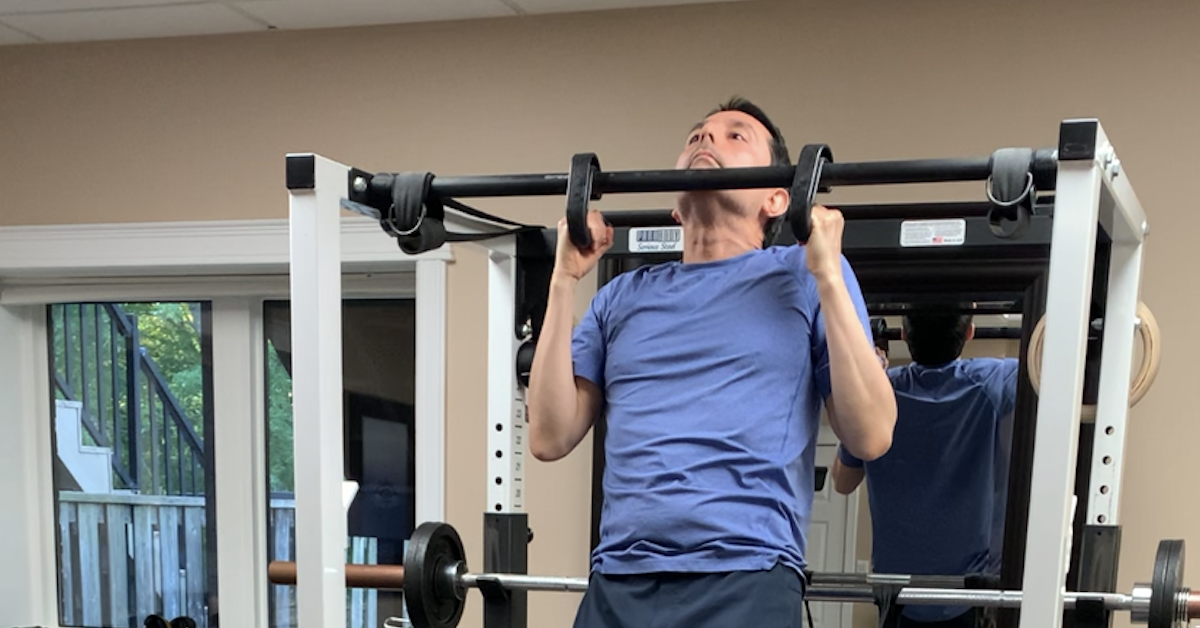More people are concerned about their midsection than any other body part. The core comprises roughly a third of the body, yet it receives full attention in the gym. Sporting a great set of abs is high on anyone’s list. Let’s face it—if the core is in shape, the whole body is in shape!
The desire is there, but the how is another story. There’s plenty of confusion about proper abdominal training. This five-part series will dispel many of the myths and misconceptions surrounding core work. As you read on, take note of how many of these core issues you’ve fallen prey to.
Full Range of Motion
The primary function of the abdominals is to flex the trunk from 45 degrees of extension to 30 degrees of flexion. However, most abdominal exercises are performed either on the floor or a decline bench—less than half of this range of motion (ROM). If you want to fully engage your abs through a complete ROM, try pre-stretch crunches on a Swiss ball or an AbMat.
If you’ve been doing these movements for a while and no longer feel much benefit, try the Sicilian crunch. This advanced movement requires a solid foundation in core training. It manipulates leverage during the weaker concentric (lifting) phase and then significantly challenges the eccentric (lowering) phase.
Pressed-Heel Sit-Ups
The Janda sit-up has recently resurfaced as an effective abdominal exercise that supposedly minimizes hip flexor activation. However, according to Dr. Stuart McGill, a spinal biomechanist and professor at the University of Waterloo, the opposite actually occurs!
During the Janda (pressed-heel) sit-up, contraction of the hamstrings causes hip extension, which in turn requires even greater hip flexor activation (i.e., more psoas involvement) to complete the movement. Additionally, EMG analysis by Juker et al. (1998) confirmed that bent-knee sit-ups activate the psoas more than straight-leg sit-ups. Unfortunately, Janda’s hypothesis has never been substantiated by research.
Tomorrow, we’ll examine the role of the abdominals as stabilizers, along with their muscle fiber composition.

From Zero to Two: Leo’s Chin-Up Breakthrough
When Leo began training with me in September 2024, our first goal was to improve body composition — lose fat,

Resistance Training Foundations: How to Progress Safely and Build Real Strength
Resistance training isn’t just for bodybuilders. Whether you’re just starting out, returning after a break, or training for performance, knowing

Neck Extensions Before Arm Curls: Unlock More Strength
When most people warm up for arm curls, they’ll hit a few light sets or maybe stretch out a bit.
follow
Error: No feed with the ID 2 found.
Please go to the Instagram Feed settings page to create a feed.
